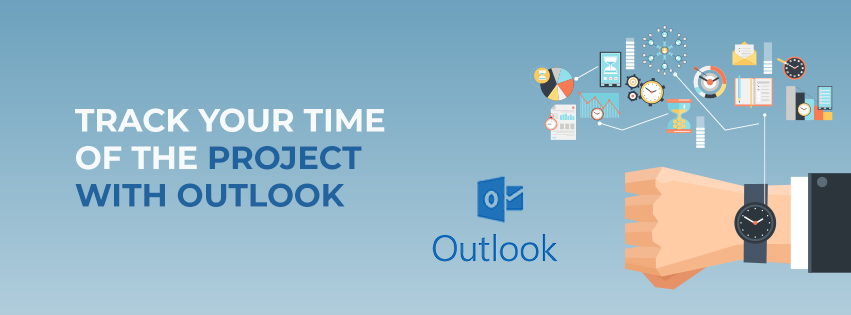


(And there are probably a few to-do reminders in there that you sent to yourself!) This approach also makes managing your to-do-list problematic: when you need to quickly identify the right task to take on next, nothing slows you down like diving into your inbox to scroll through old messages.

Why do you need to separate these activities out? If you’re conflating email and task management, then the job of simply communicating–reading and replying to your messages–gets bogged down by all the emails you leave sitting in your inbox simply so you won’t forget to address them. Using a separate task manager, one that ties in closely with your email, can help you spend less time sifting through your inbox, and more time getting your most important work done. Do you leave emails in your inbox so that you remember to read or tackle them? If so, you’re using your email to manage your tasks-and those are actually two very different things.


 0 kommentar(er)
0 kommentar(er)
